There are many ways of knowing a piece of art. Meaning is cumulative; assembled over time and structured according to the dictates of attention. ‘Curiosity escalates like that’, writes Brian Dillon, ‘it doesn’t know when to stop’. ‘Curiosity: Art and the Pleasures of Knowing’ (until 15 September), curated by Dillon in association with the art and design magazine Cabinet (of which he is UK editor) for Turner Contemporary in Margate, is a Wunderkammer of objects and images which at first sight seem to be only tenuously related to one another. Gradually, however, meanings emerge from the playful juxtapositions of Old Master drawings, everyday artefacts and contemporary art pieces.
As you move through the rooms – designed by the architect David Chipperfield especially for the exhibition – connections between objects swim in and out of focus. The guiding trope of the exhibition is the cabinet of curiosities, and one of the first things you come across is a large ebony cabinet owned by John Evelyn – possibly produced by Pierre Golle – given to him by his wife in 1652. Much of the exhibition is about the iconography of knowing, and next to Evelyn’s cabinet sits a copy of Robert Hooke’s Micrographia (1665), with its portraits of invisible worlds. In the next room are a few pages from Leonardo da Vinci’s notebooks, covered in the glyphs and pictographs which are feverish maps of ideas.
Other connections between knowing and seeing are less explicit, and emerge over time. Anna Atkins’ cyanotypes of British algae, the first photographic images to be published in a book (1840s), are echoed by Conrad Byrne’s photocopies of twigs collected on the shores of Loch Ness, guided by the myth of the monster, and, again, in Aurélian Froment’s Pulmo Marina, a haunting video of a jellyfish gently pulsating against a blue background. J.M.W. Turner’s illustrations of birds’ heads are realised sculpturally in Thomas Grunfeld’s Misfit, a Dr Moreau-esque portmanteau of penguin and peacock. Philip Gosse’s delicate lithographs of marine life (themselves copied from another type of cabinet: the vitrine of the aquarium, which he developed in the mid 19th century) appear to have been remade by Rudolph and Leopold Blaschka as a series of wonderfully delicate scientific glass models – impossibly detailed – of squid and anemones and sea slugs. Here life is catalogued, deconstructed and measured before being recreated in sculptural form.
Curation is itself a creative act, the exhibition suggests, and the way objects are presented to us is as important to their interpretation as what they are. An enormous walrus borrowed from the Horniman Museum – overstuffed because taxidermists had never seen a living specimen, and so inflated it like a balloon – suggests that exhibitions always and inevitably involve interpretation. Two video works highlight the obsessive curatorial instinct at play in ‘Curiosity’: Tacita Dean’s Manhattan Mouse Museum, in which the artist Claes Oldenburg carefully dusts the trinkets in his studio, and Matt Mullican’s Psycho Architecture, in which Mullican himself scrutinises his environment with a video camera whilst hypnotised. Both dramatise the ways in which curiosity can make us attend almost too closely to the things around us, an impulse the exhibition itself is testament to.
The show’s triumph is in the way it sparks all sorts of connections like these. Whilst never making them too explicit, it piques your curiosity without ever promising to fully satisfy it, which is a wholly good thing.
‘Curiosity: Art and the Pleasure of Knowing’ runs at Turner Contemporary, Margate until 15 September 2013.
Unlimited access from just $16 every 3 months
Subscribe to get unlimited and exclusive access to the top art stories, interviews and exhibition reviews.

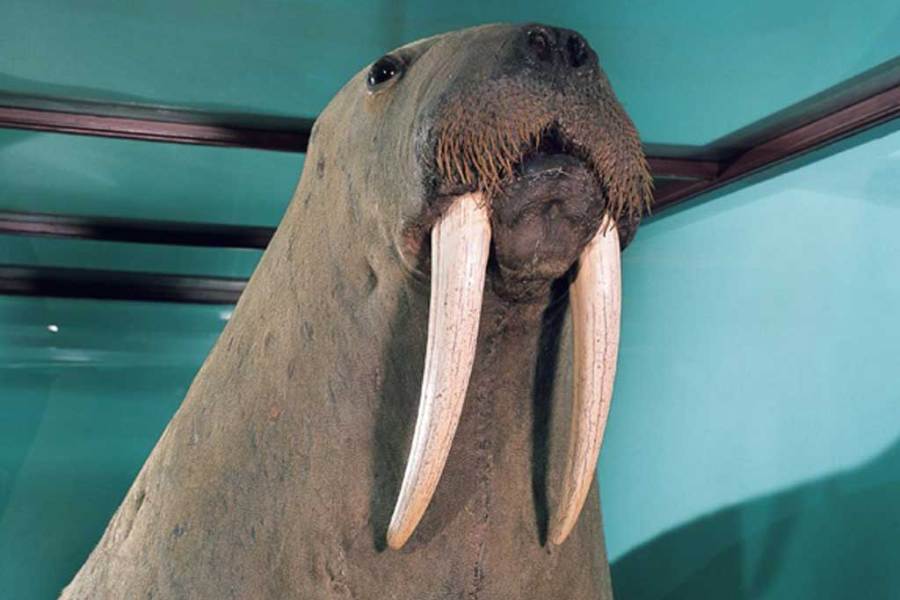
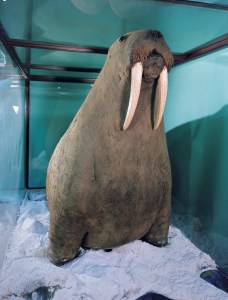
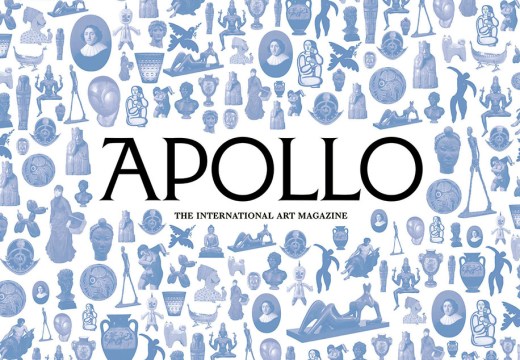
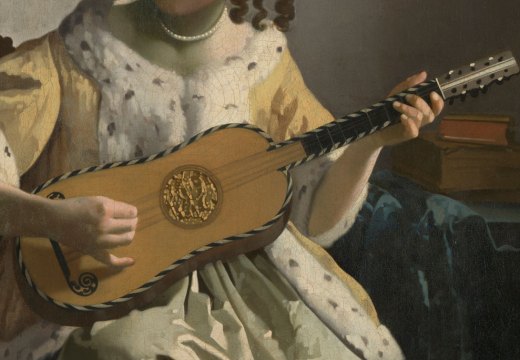
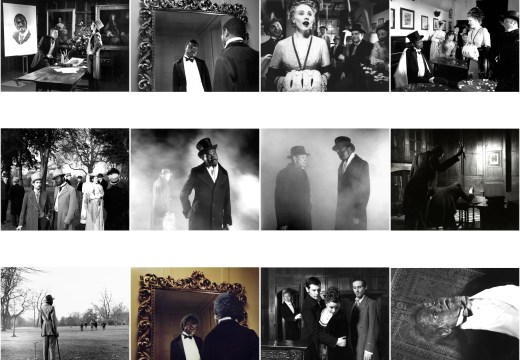









![Masterpiece [Re]discovery 2022. Photo: Ben Fisher Photography, courtesy of Masterpiece London](http://www.apollo-magazine.com/wp-content/uploads/2022/07/MPL2022_4263.jpg)
Why are fathers so absent from art history?